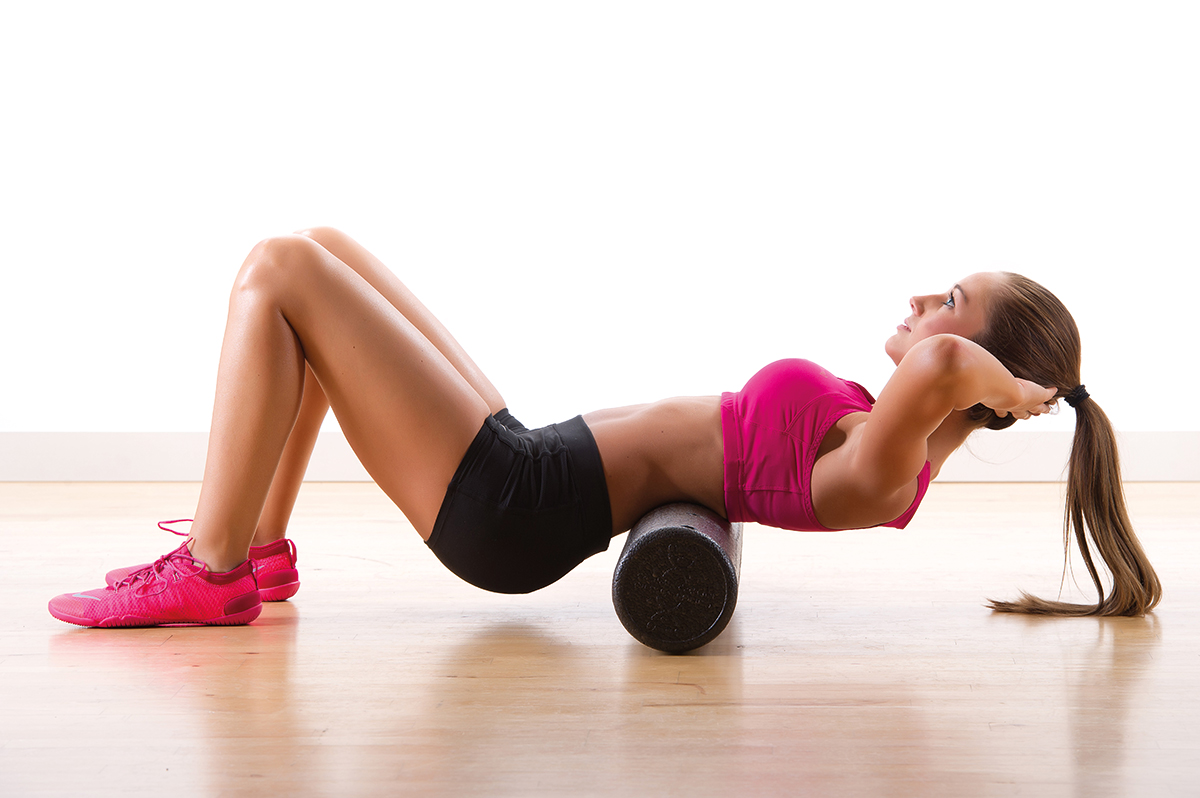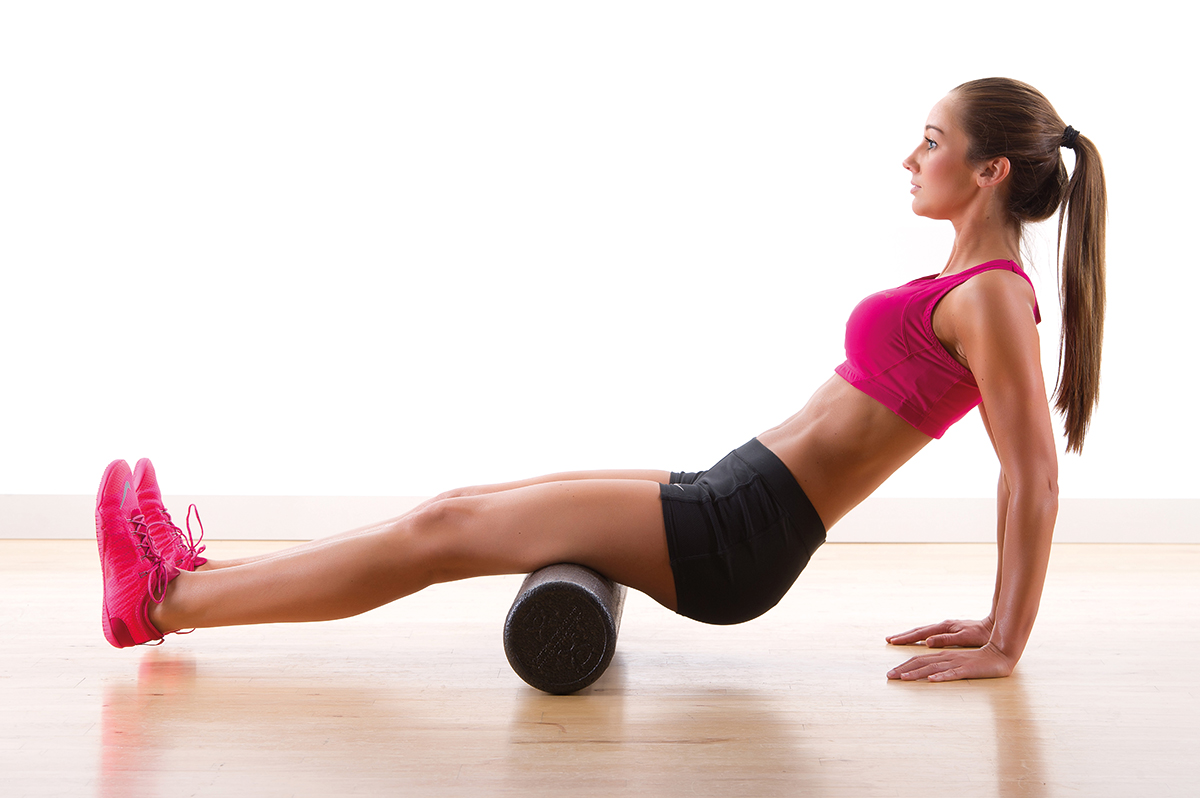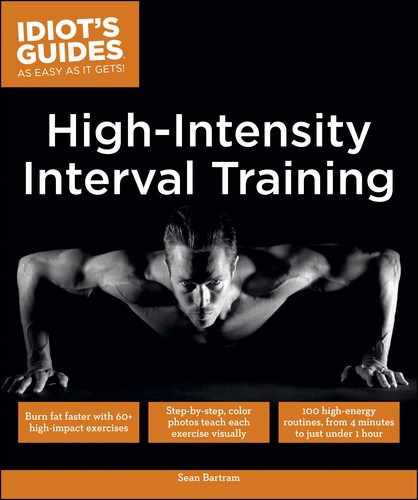RECOVERY
HIIT requires you to push yourself to the limit during your workout, which means you need to allow time for rest and recovery. Recovery is critical for injury prevention and consistent training, and it enables you to give maximal effort each time you work out.
HYDRATION AND NUTRITION
Make sure you’re getting the hydration and nutrition you need to fuel your HIIT workouts. Dehydration will reduce your performance and delay your recovery, so it’s critical to replace your fluids and electrolytes.
What you eat is also important. Protein is the building block of new muscle and is required to rebuild muscle tissue. Carbohydrates replenish your glycogen stores and supply your muscles with energy. Be sure to get enough of each.
USING A FOAM ROLLER
A key component of recovery is self-myofascial release using a foam roller. The fascia is connective tissue that wraps around the muscles in the body. This tissue can become tense or constricted while working out, causing pain.
Using a foam roller to “roll out” the muscles can alleviate soreness and stiffness, promote circulation of oxygenated blood, and even break up scar tissue and restrictions in the fascia. A foam roller also allows you to apply targeted pressure to specific spots in the muscle that may be causing pain.
Look for a high-density foam roller that is about three inches (7.5 cm) in diameter. These can easily be found at sporting goods stores or online.

FOAM ROLLING TECHNIQUE
The foam roller can be used on many parts of the body, including the legs, back, and arms. The basic technique is the same, regardless of the area you’re targeting. Use the roller as a warm-up, after working out, or whenever you feel pain.



1. Position your body on the roller. The weight of your body will apply pressure on your muscles. Roll back and forth slowly. When you find a tender spot in the area you are working, pause and wait for the discomfort to diminish. This could take up to one minute and may be uncomfortable.
2. When the area is no longer sensitive, begin to roll up or down the muscle on the roller. Identify any other sensitive spots and repeat.
3. When tender areas can be rolled over without pain, continue rolling regularly to keep the area relaxed.
There is a lot of freedom for experimentation and “feel” when using the roller. See what works best for you and manipulate the roller to the correct position. You can create your own techniques to meet your needs.
